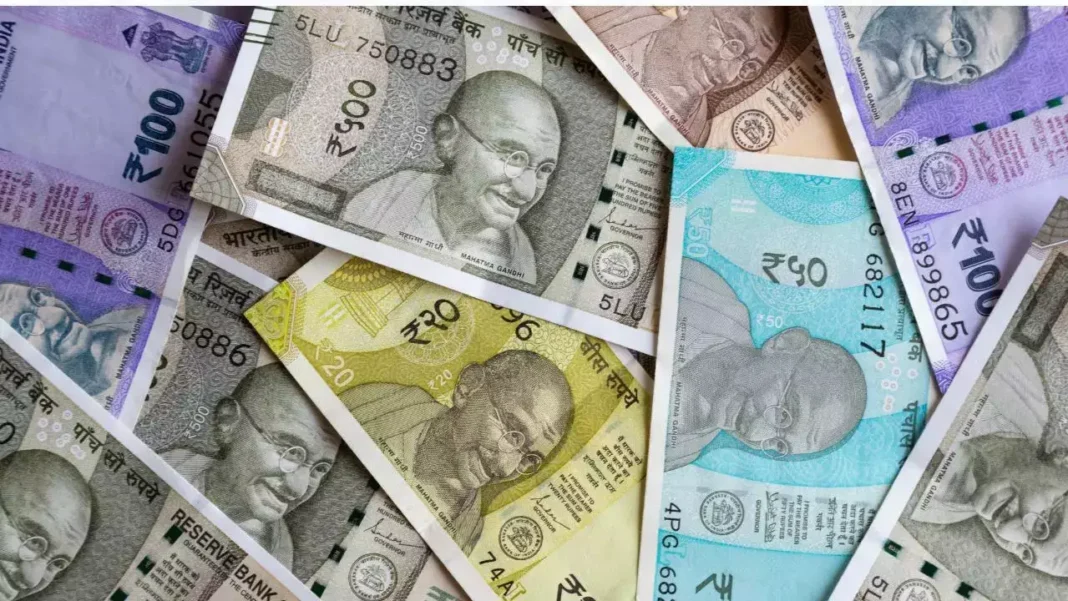According to data released by India’s central bank, the country’s foreign exchange reserves were reported to have increased for a seventh consecutive week, reaching a six-month high of \$686.15 billion as of April 18. This sustained rise was said to reflect growing confidence in India’s external financial position and was attributed to both market movements and policy interventions by the Reserve Bank of India (RBI). It was indicated that during the latest reporting period alone, the reserves had expanded by \$8.3 billion, following a cumulative increase of \$39.2 billion over the six weeks prior.
It was further observed that the current reserve levels remained approximately \$19 billion short of the all-time high of \$704.89 billion, which had been recorded in late September of the previous year. Market analysts suggested that continued inflows and favorable exchange rate conditions could enable the reserves to approach or even surpass this historical peak in the near future.
The fluctuation in foreign exchange reserves was explained as being influenced by multiple factors, including the RBI’s interventions in the currency markets and valuation effects arising from the appreciation or depreciation of foreign currencies held in the reserve portfolio. Such movements were said to be common during periods of heightened global financial activity and shifting investor sentiment.
During the week under review, it was reported that the Indian rupee experienced a notable appreciation of approximately 0.8%—its strongest weekly performance since mid-March. This improvement in the domestic currency was associated with increased foreign portfolio inflows into Indian equities, as international investors demonstrated renewed interest in the country’s growth prospects. The inflows were said to have supported the rupee’s upward movement, despite underlying global uncertainties.
At the same time, the dollar was described as having remained under pressure, with investor caution driven by concerns regarding the potential impact of new tariff measures on the U.S. economy. These global currency market dynamics were believed to have contributed to the relative strength of emerging market currencies, including the rupee.
Despite the rupee’s earlier gains, the local currency ultimately closed the week slightly weaker, ending at 85.45 per dollar with a decline of 0.1%. This pullback was attributed to rising geopolitical tensions between India and Pakistan, which had been heightened by a militant attack in the Jammu & Kashmir region. It was suggested by analysts that such developments often lead to cautious positioning by investors and may temporarily dampen currency momentum.
The composition of India’s foreign exchange reserves includes a variety of assets, such as foreign currency holdings, gold reserves, Special Drawing Rights (SDRs) allocated by the International Monetary Fund (IMF), and the country’s reserve tranche position at the IMF. Each of these components contributes to the overall strength and flexibility of the country’s external financial buffer, which is used to stabilize the currency, manage balance of payments pressures, and ensure macroeconomic stability.
Economists have noted that the current trajectory of reserve accumulation indicates prudent external sector management by the RBI, which has historically maintained a cautious approach to market volatility. The central bank’s strategy of building reserves during periods of capital inflows has been viewed as a safeguard against potential outflows and global shocks. This policy has gained further relevance amid continuing concerns about international trade conflicts, fluctuating oil prices, and regional security risks.
In recent months, India’s favorable macroeconomic indicators, including strong GDP growth projections, robust tax collections, and a moderate current account deficit, have been cited as contributing factors to the positive outlook for foreign exchange reserves. These fundamentals have played a role in attracting sustained foreign investment and have helped reinforce the RBI’s reserve-building efforts.
It has been widely expected by financial experts that the central bank will continue to monitor global and domestic conditions closely, using a combination of market operations and policy tools to maintain currency stability and ensure adequate liquidity. The ongoing accumulation of reserves has been interpreted as a sign of India’s strengthened external sector resilience, which positions the country more favorably in the event of future financial disruptions.
In summary, the rise in India’s foreign exchange reserves to \$686.15 billion has underscored a broader trend of financial stability and investor confidence, supported by favorable market dynamics, central bank policy, and resilient economic fundamentals. While external risks persist, the strategic management of these reserves is expected to remain a key pillar of India’s economic defense.












